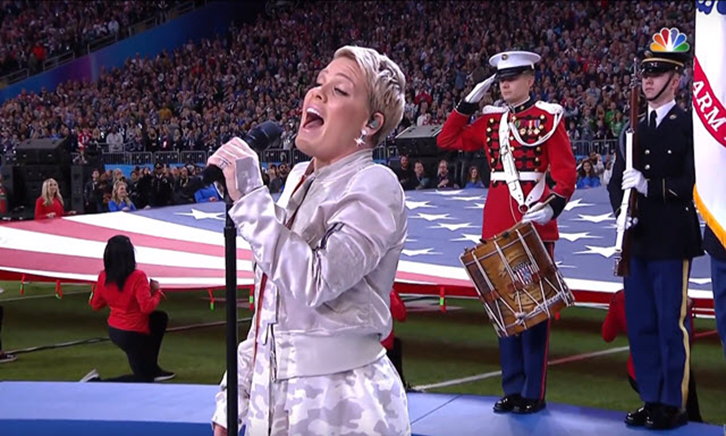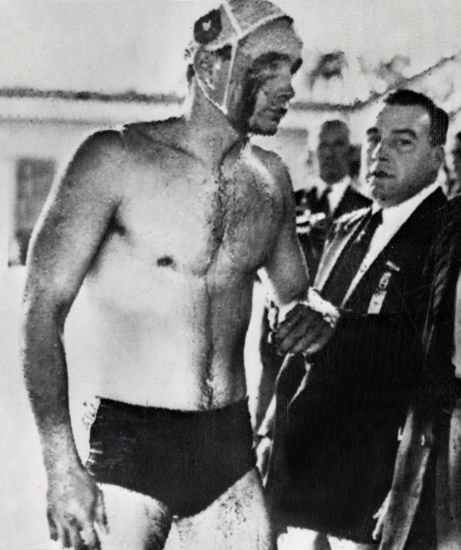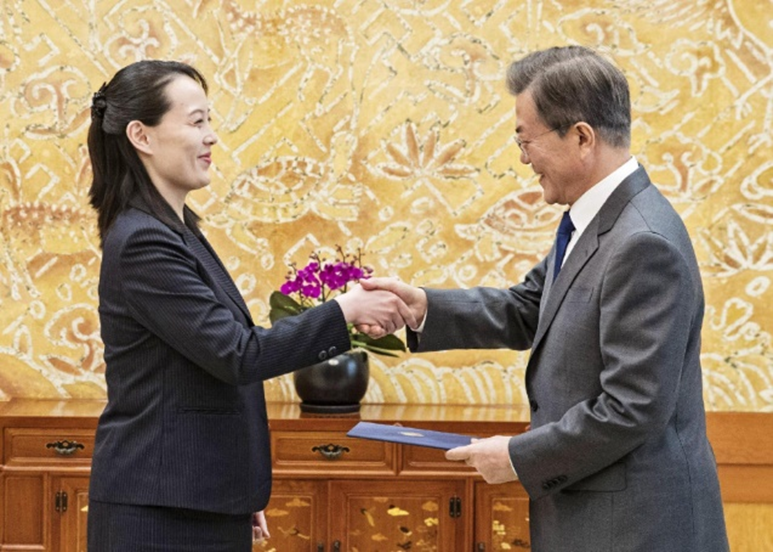2. Sport as a Social Sub-system
Sports sociology primairly deals with a scientific-level examination of modern-day sport. The origins of modern sport date back to Victorian England, when the positive effects of sports were first recognized. Sport evolved into a social-subsystem in the 20th century. The economic, political and cultural changes that took place in the second half of the 20th century, as well as the scientific-technological progress, the increasing influence of the media, all played an important role in transforming the community and lesiure-time activity of the Middle Ages and the period following the Industrial Revolution into an increasingly important political, economic and social phenomenon (Földesiné Szabó et al. 2010). Consequently, sport today does not merely function as a social sub-system, but it is intertwined with other social subsystems and they mutually influence each other. In the following, we summarise the interrelations between sport and the other social sub-systems, emphasizing the role of sports in the areas concerned.
• Sport and Culture. Sport is an element of culture: it preserves and relays universal values (e. g. the spirit of fair play), which are present in every social system, religion, rite. Sport is characterized by special statuses, roles (sporstpeople, coaches, trainers), organizations, values, norms, theories and ways of human behaviour. Corporal culture, that is, a conscious development of one’s body, the values attached to a hygienic, healthy way of life, is closely linked to the culture of physical movement of humans. Sport therefore, as a social phenomenon and as a special human activity, is a part of universal culture. Sport, at the same time, influences culture since is an activity that creates new values. (Rétsági 2015).
• Sport and Education. ”By physical education we mean the part of physical culture that include common activities, the specific activities one is able to learn in sports and games, and the abilities necessary to operate those activities” (Báthori 1994, 22–24, quoted by Rétsági — H. Ekler 2011, 33). The most important thing is that we are able to learn and further develop basic movements through sport. When we are talking about sports or physical education, the learning processes that take place primarily mean the learning of movements.
• Sports, Way of Life, Leisure Time. The changes that have taken place in our way of life over the past few decades are aptly reflected by the changes in our way of spending our free time. As part of these changes, sport as a leisure-time activity has lost a lot of its general importance. On the other hand, doing sport regularly has become a highly important way of spending free time for certain social groups. By doing sports and workout regularly, these people wish to achieve or preserve the desired physical appearance or they merely wish to lead a health-conscious way of life (cf. the passage on Sport and Culture).
• Sport, Economy, Media. Today, we may talk about an entire sport industry, which has become an organic part of the entertainment industry. Sport is a highly lucrative business, its economic importance is enormous, as it generates vast revenues. Crowds of people take part in it, using fee-paying services and facilities (fitness halls, gyms, wellness centres, sports centres and swimming pools), watch sports events on TV and the Internet, or attend sports events personally as supporters. Leading companies and businesses pay huge amounts of money for placing their names and logos at various sports events that have as many as millions of viewers, reaching their potential customers.

Picure 1: Pink performed the American anthem to 103,4 million viewers at the opening ceremony of the 2017 Super Bowl. Source: https://www.mjsbigblog.com
• Sports and Politics. As sport has acquired an increasingly important role in media and economy, politics inevitably appeared in the world of sport. In some cases, sports events became the forums for countries in conflict to meet. Such a case was the Pyongyang Winter Olympic Games in 2018, when the sports diplomats of North and South Kora, formally at war with each other, had an opportunity to meet and do negotiations. We also find examples when a sports event between two countries at conflict with each other is advertised and broadcast as if it were a battle in some war (e. g. the Hungary-USSR water polo match at the Melbourne Olympic games in 1956). (Cf. Chapter 9).

Picture 2: One of the Hungarian players after the Hungary-USSR waterpolo match at the 1956 Melbourne Olympics

Picture 3: Moon Jae-in, president of South Korea receives Kim Jong-on. younger sister of Kim Jong-un, North Korean leader in Seoul in 2018.
2.1. Physical Activity, Training, Sport
What may be regarded as physical activity, and what is the difference between physical activity and training/sport? In the following we intend to provide definitions.
Physical activity: it includes every kind of activity that requires the use of energy, such as training, competitions, intensive work (walk, participation in communications, gardening, household chores, etc.)
Training is an activity the purpose of which is the preservation of one’s health and improving one’s figure, a regular physical extertion that improves one’s endurance and fitness (Ángyán 2006).
Sport: the most general definition is provided by the European Sports Charter. According to the charter, “Sport” means all forms of physical activity which, through casual or organised participation, aim at expressing or improving physical fitness and mental well-being, forming social relationships or obtaining results in competition at all levels.” (European Sports Charter and Sport Ethical Code, 2001). Péter Nagy (1996, quoted by Á. Szabó, 2009: 6) emphasizes the role of competition. Loy’s concept of sport points out that the competition has rules. Nagy believes that sport is a free time activity with physical extertion as its main components, but competiton is also important. The European Sport for All Charter suggests that sport includes all kinds of free time physical activity, in an organized or less organized framework, for the improvement of one’s physical and mental state and social relationships (Dóczy 2008).
The most frequent categorization of sports is the following: competitive/professional sports, amateur/free time sport and recreational sport. The differentiation between professional and amateur/free time sport is based upon the revenue earned by sport and on the legal status of the sportsperson (András 2003). Sociology, however, concentrates on the role of the different types of sport in society, how the different types of sport have evolved and transformed in the course of majore social and historical events and changes, and what social-cultural differences can be identified between those who do or do not do the different branches of sport.
The most important function of recreactional sport is counterbalancing the harmful effects of work, a rushing society, modernization and lack of activity in life. Such sport can be fitness or trekking, and its most important feature is that competitiveness, a major component of classic sport, is not present in it (Neulinger 2007). Recreational sport is done for nothing else than preserving and improving one’s health in order to achive physical well-being in the form of activities governed by specific rules (Fritz et al. 2007).
Control questions:
Describe the most important interrelations between sport and other social sub-systems!
What are the differences between amateur-, leisure time-, professional/competive- and recreational sports?
How does the European Sport for All Charta define sport?